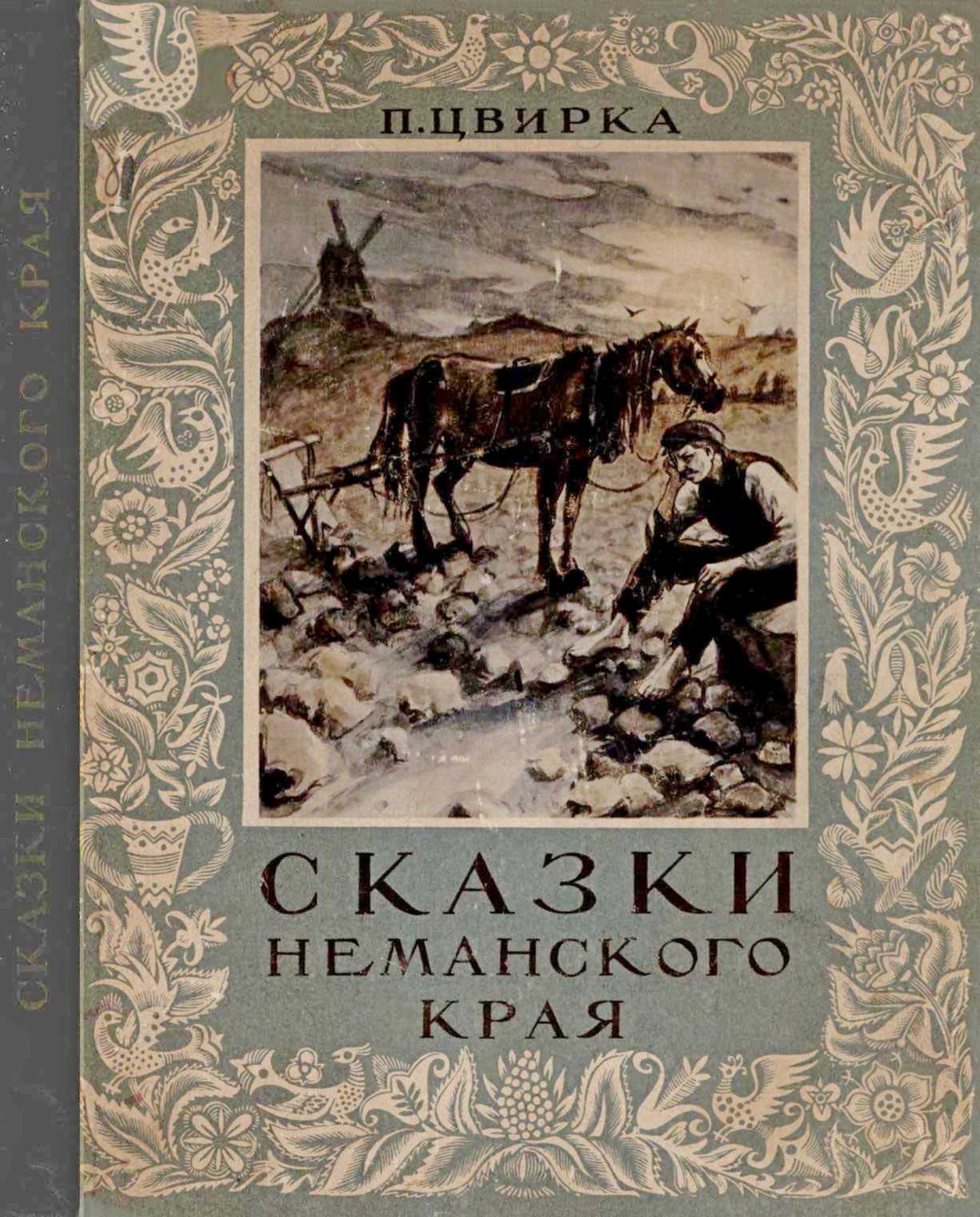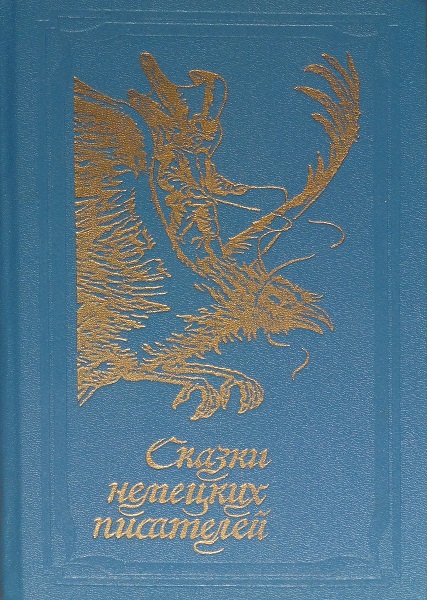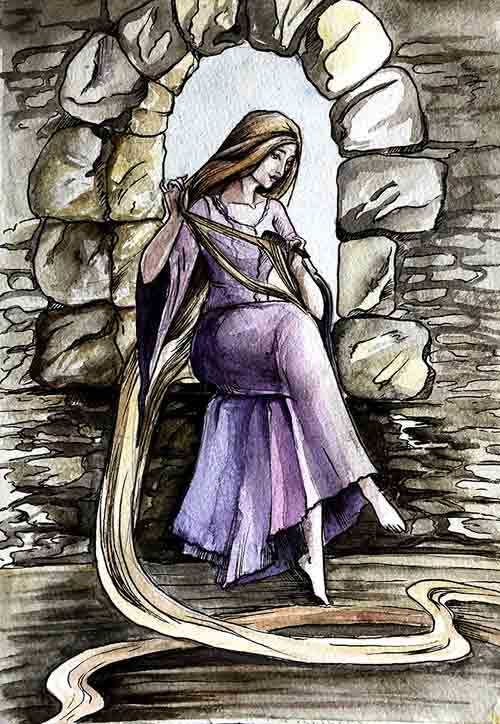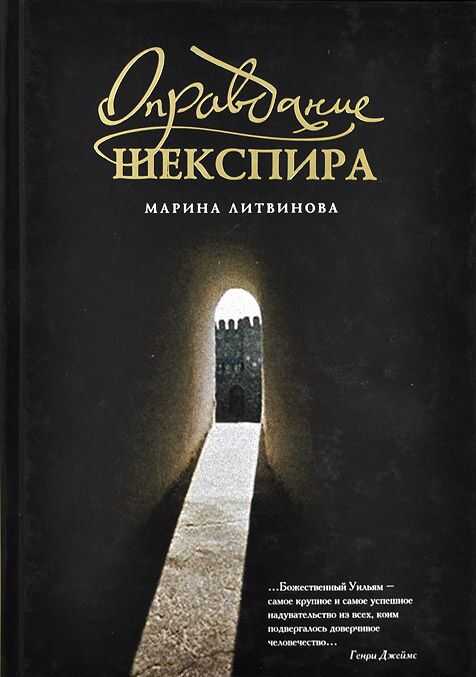The True Difference Between Christian Subjection and Unchristian Rebellion (Oxford, 1585). См. также: Nicholas Sanders, A Treatise of the Images of Christ and His Saints (Louvain, 1567); Nicholas Sander, The Rise and Growth of the Anglican Schism (Cologne, 1585), trans. and ed., David Lewis (London, 1877), T. Veech, Dr. Nicholas Sanders and the English Reformation (Louvain, 1935). О пуританине Роберте Райте см.: Historical Manuscript Collection Report 8: 2, 27; Strype, Annals of the Reformation. О Елизавете как богине см.: Sir John Davies, Hymnes, of Astraea, in Acrostic Verse (London, 1599), Helen Hackett, Virgin Mother, Maiden Queen: Elizabeth I and the Cult of the Virgin Mary (Basingstroke, 1995). О восстании в графстве Оксфордшир в 1596 году см.: John Walter, «Rising of the People?» The Oxfordshire Rising of 1596, Past and Present 107 (1985), 90–143.
О портретах Елизаветы см.: Roy Strong, Portraits of Queen Elizabeth (Oxford, 1963); The Cult of Elizabeth: Elizabethan Portraiture and Pageantry (London, 1977); Artists of the Tudor Court: The Portrait Miniature Rediscovered 1520–1620 (London, 1983). См. также: Edmund Bohun, The Character of Queen Elizabeth in vol. 2 of Nichols, Progresses of Elizabeth. Помимо этого, см. богато иллюстрированное издание с описанием гардероба Елизаветы: Janet Arnold, Queen Elizabeth’s Wardrobe Unlock’d (Leeds, 1988). Об иконографии и иконоборчестве см.: Michael O’Connell, in The Idolatrous Eye: Iconoclasm, Anti-Theatricalism, and the Image of the Elizabethan Theater, English Literary History 52 (1985), 279–310; John N. King, Tudor Royal Iconography: Literature and Art in an Age of Religious Crisis (Princeton, 1989). О проповедях с кафедры под открытым небом у Креста св. Павла см.: Millar MacClure, The Paul’s Cross Sermons 1534–1642 (Toronto, 1958); Arnold Hunt, Tuning the Pulpits: the Religious Context of the Essex Revolt, in The English Sermon Revised: Religion, Literature and History 1600–1750, ed. Lori Anne Ferrell and Peter McCullough (Manchester, 2000), 86–114; McCullough’s Sermons at Court.
О покушении Сквира на жизнь Елизаветы см.: Arthur Freeman, Elizabeth’s Misfits (New York, 1978). Письма У. Рэли о планируемом политическом убийстве см.: Agnes Latham and Joyce Youings, eds., The Letters of Sir Walter Ralegh (Exeter, 1999). О полемике вокруг политического убийства см.: Robert Miola, «Julius Caesar and the Tyrannicide Debate», Renaissance Quarterly 38 (1985), 271–89. См. также: Rebecca W. Bushnell, Tragedies of Tyrants: Political Thought and Theater in the English Renaissance (Ithaca, 1990). О вопросе престолонаследия в Англии, помимо трактата Томаса Уилсона (Thomas Wilson, The State of England), см.: Peter Wentworth, A Pithie Exhortation to Her Majestie for Establishing Her Successor to the Crowne (Edinburgh, 1598), Sir John Harington, A Tract on the Succession to the Crown (1602), ed. Clements R. Markham (London, 1880).
Об изображении Юлия Цезаря в елизаветинской Англии, см. дневники Платтера, Хенцнера и др. См., также: Ernest Law, The History of Hampton Court Palace 3 vols. (2nd ed., London, 1890); Inventory of the Pictures in Hampton Court Viewed and Appraised the 3rd, 4th, and 5th of October 1649, in Oliver Millar, ed., The Inventories and Valuation of the King’s Goods 1649–1651 in The Walpole Society 43 (1972); George Wingfield Digby, Victoria and Albert Museum: The Tapestry Collection, Medieval and Renaissance (London, 1980). More generally, see Lucy Gent, ed., Albion’s Classicism: The Visual Arts in Britain, 1550–1660 (New Haven, 1995). Об интерпретации Древнего Рима у Шекспира см.: John W. Velz, The Ancient World in Shakespeare: Authenticity or Anachronism? A Retrospect, Shakespeare Survey 31 (1978), 1–12; Terence Spencer, Shakespeare and the Elizabethan Romans, Shakespeare Survey 10 (1957), 27–38; G. K. Hunter, A Roman Thought: Renaissance Attitudes to History Exemplified in Shakespeare and Jonson, in Brian S. Lee, ed., An English Miscellany: Papers Presented to W. S. Mackie (Capetown, 1977), 93–118.
О «Юлии Цезаре» см.: Mark Rose, Conjuring Caesar: Ceremony, History, and Authority in 1599, in True and Maimed Rites: Ritual and Anti-Ritual in Shakespeare and His Age, ed. Linda Woodbridge and Edward Berry (Urbana, 1992), 256–69; Naomi Conn Liebler, «Thou Bleeding Piece of Earth»: The Ritual Ground of Julius Caesar, Shakespeare Studies 14 (1981), 175–96; J. Dover Wilson, Ben Jonson and Julius Caesar, Shakespeare Survey 2 (1949), 36–43; Wayne Rebhorn, The Crisis of the Aristocracy in Julius Caesar, Renaissance Quarterly 43 (1990), 78–109, David Kaula, «Let Us Be Sacrificers»: Religious Motifs in Julius Caesar, Shakespeare Studies 14 (1981), 197–214; Ian Donaldson, «Miscontruing Everything»: Julius Caesar and Sejanus, in Shakespeare Performed, ed. Grace Ioppolo, 88–107. См. также статью Ричарда Уилсона: Richard Wilson, A Brute Part: Julius Caesar and the Rites of Violence, Cahiers Elisabéthains 50 (1996), 19–32; Will Power: Essays on Shakespearean Authority (Detroit, 1993); Shakespeare: Julius Caesar, Penguin Critical Studies (London, 1992); см., помимо этого, предисловие к изданию «Юлия Цезаря» под ред. Уилсона: Julius Caesar. New Casebooks (New York, 2002). О постановках пьесы см.: John Ripley, Julius Caesar on Stage in England and America, 1599–1973 (Cambridge, 1980).
Глава 9. Невидимая армада
Историю Невидимой армады я восстановил по государственным документам (State Papers). Постановления Тайного совета за этот период утрачены. Название «Невидимая армада» я заимствовал из комментариев Фрэнсиса Бэкона к «Анналам» (т. 6) Кемдена. См.: The Works of Francis Bacon, ed. James Spedding, Robert Leslie Ellis, and Douglas Denon Heath. В Британской библиотеке я также работал с документами (British Library Harl. MS. 168), в одном из которых содержится такая запись: «…король Испании снаряжает корабли, галеры и войско, чтобы выступить против королевы Елизаветы; англичане в свою очередь, судя по указам и переписке, готовятся к обороне, занимаясь необходимыми приготовлениями, сведения о коих содержатся ниже; записано в 1599 году». См. также: J. Н. Leslie, ed., A Survey, Or Muster, of the Armed and Trayned Companies in London, 1588 and 1599, Journal of the Society for Army Historical Research 4 (1925), 62–71; Wernham, The Return of the Armadas; Julian S. Corbett, The Successors of Drake (London, 1900); Lindsay Boynton, The Elizabethan Militia. О том, как эти события отразились в театральных постановках, известно сравнительно мало, см.: Charles W. Crupi, Ideological Contradictions in Part 1 of Heywood’s Edward IV: «Our Musicke Runs… Much upon Discords», Medieval and Renaissance Drama in England 7 (1995), 224–56. Об испанских прокламациях см.: Bibliotheca Lindesiana, A Bibliography of Royal Proclamations of the Tudor and Stuart Sovereigns vol. 1 (Oxford, 1910). О потерянной пьесе из Тернхаута, помимо писем Уайта (in Н. М. С. L’lsle and Dudley), см.: Millicent V. Hay, The Life of Robert Sidney (Washington, D.C.,
























